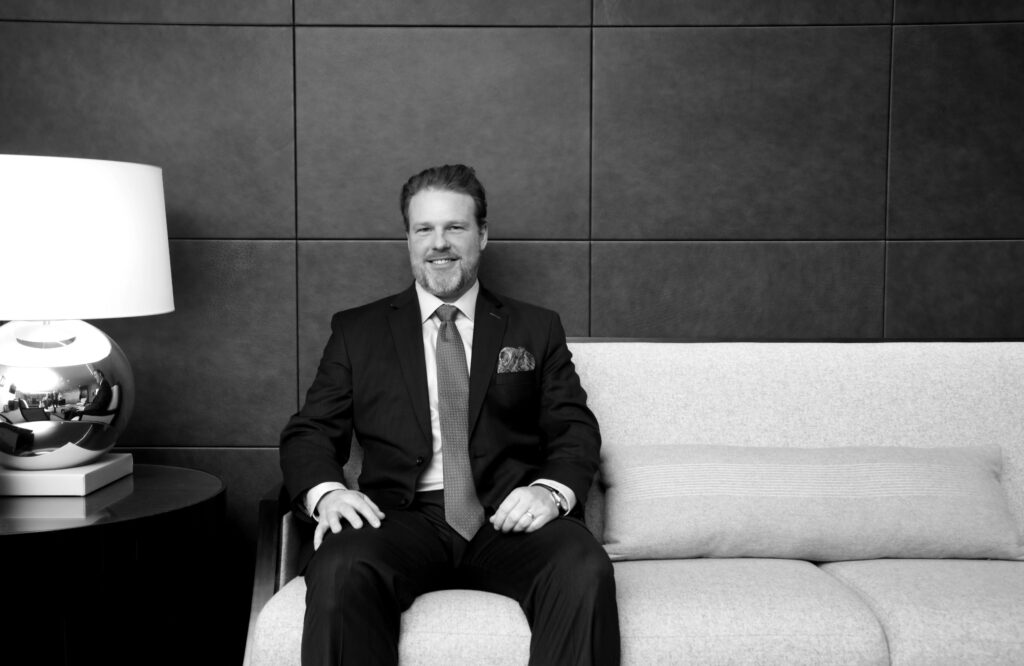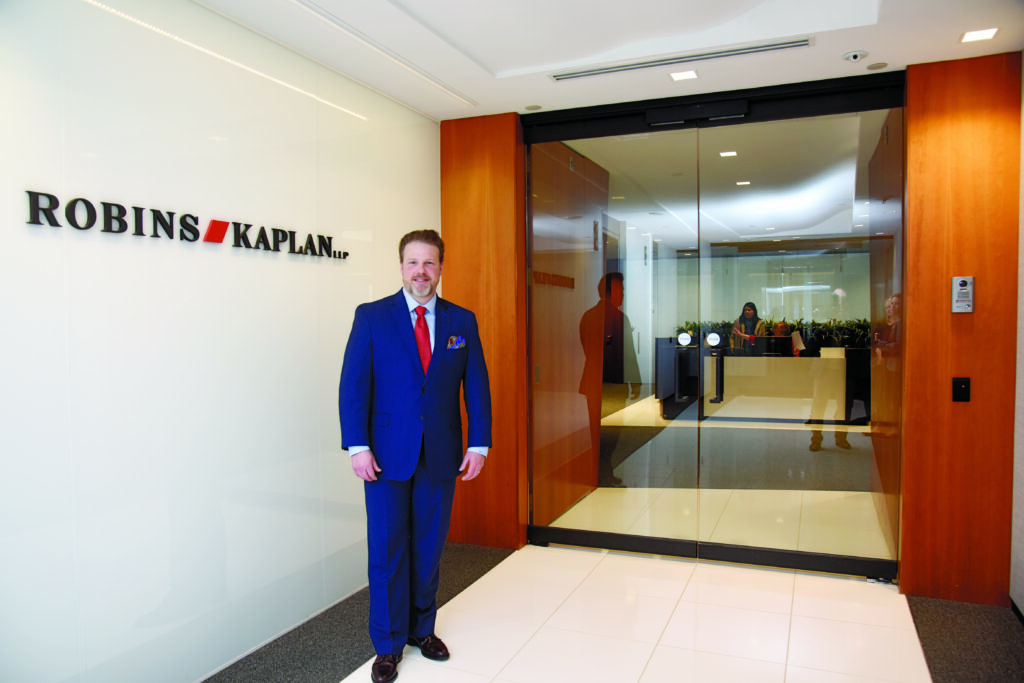“Michael Collyard, you just won the largest jury verdict in Minnesota history! What are you going to do next?”
“All I want to do is find the next case, and do it all again.”
A partner at Robins Kaplan LLP and chair of the firm’s banking and financial fraud litigation and ediscovery groups, Michael A. Collyard’s most recent legal victory is tantamount to a Super Bowl win.
Collyard served as lead trial counsel for Douglas A. Kelley in Kelley v. BMO Harris Bank, N.A., a case which arose from one of the largest Ponzi schemes in U.S. history perpetrated by the now notorious fraudster Tom Petters. Petters was sentenced to 50 years in prison for fraud after Collyard proved that he had laundered nearly $74 billion using small business accounts held at M&I Bank, which was acquired by BMO Harris Bank in 2011. The $563 million jury verdict came down in November 2022, and the trustee is pursuing prejudgment interest that would bring the bank’s total liability to more than $1 billion.
Litigating and winning a case of this magnitude is a daunting task for any attorney, even one with Collyard’s credentials. But this was not his first high-stakes fight, and his gift for turning a complex financial muddle into a clear and compelling story is a hallmark of his practice.
“This was an incredibly massive and complicated case that was five-and-a-half years long,” he comments. “It was incredibly hard, but it had to be made as simple as possible for the jury.”
The only way the case could be won is if there were a few themes, and the jury could look at a few pictures to understand exactly how it worked without having to think through it."






